The 7 best fragrant hedge plants to keep your yard fresh this summer and beyond
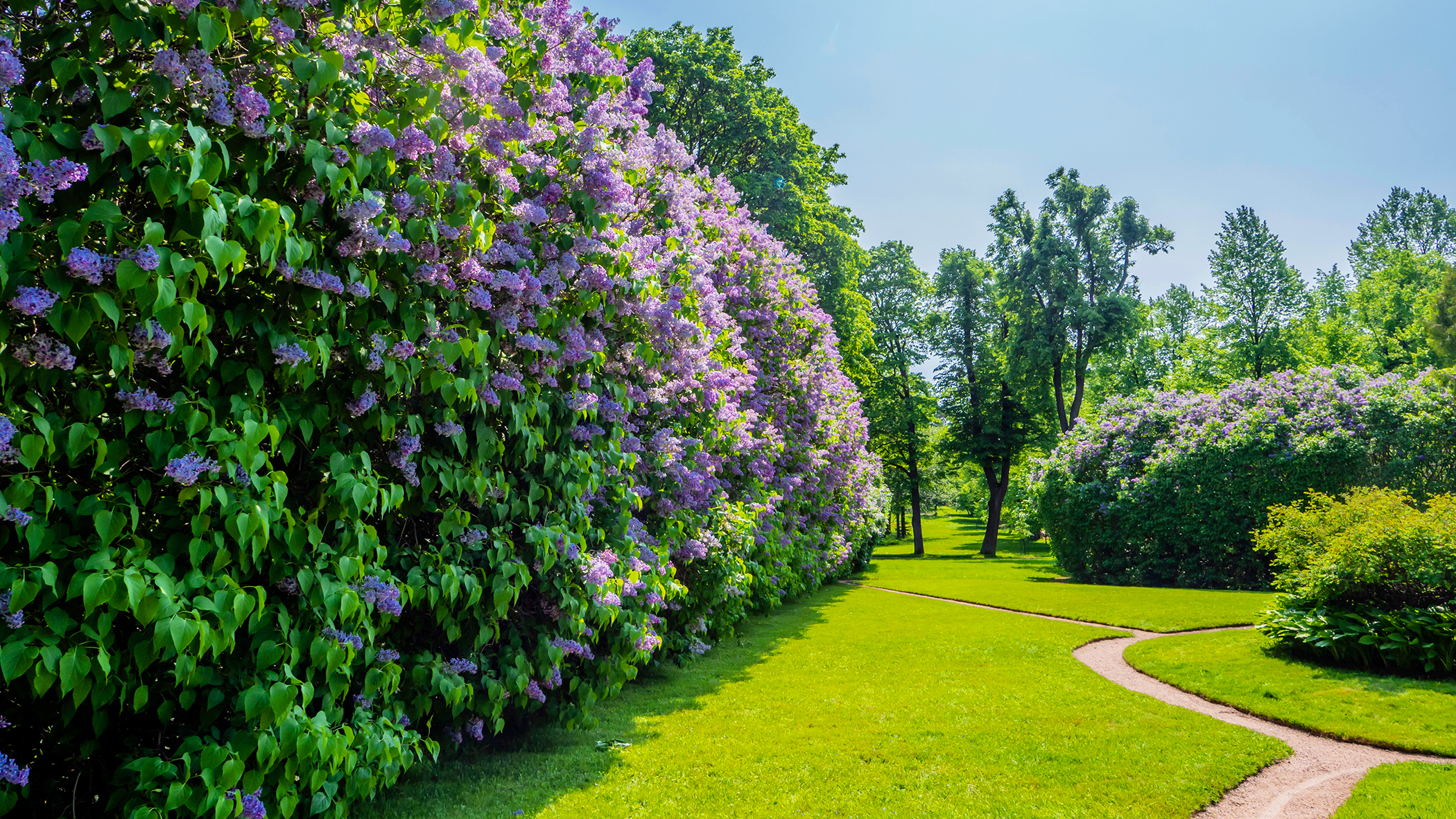
The garden hedge is a stalwart of outdoor design schemes, allowing gardeners to create barriers and private spaces with entirely natural means. Common plant choices include dense evergreens and slow-growing perennials that resist the need for frequent pruning – and this makes a lot of practical sense.
But gardeners don’t need to sacrifice style for function. There are many species of shrub that can be cultivated into an effective screen while still bringing color, flowers, and perfume to the garden.
Here are seven fragrant alternatives for garden hedging, that will maintain privacy while adding a little something extra.
Choosing the right plants for your border
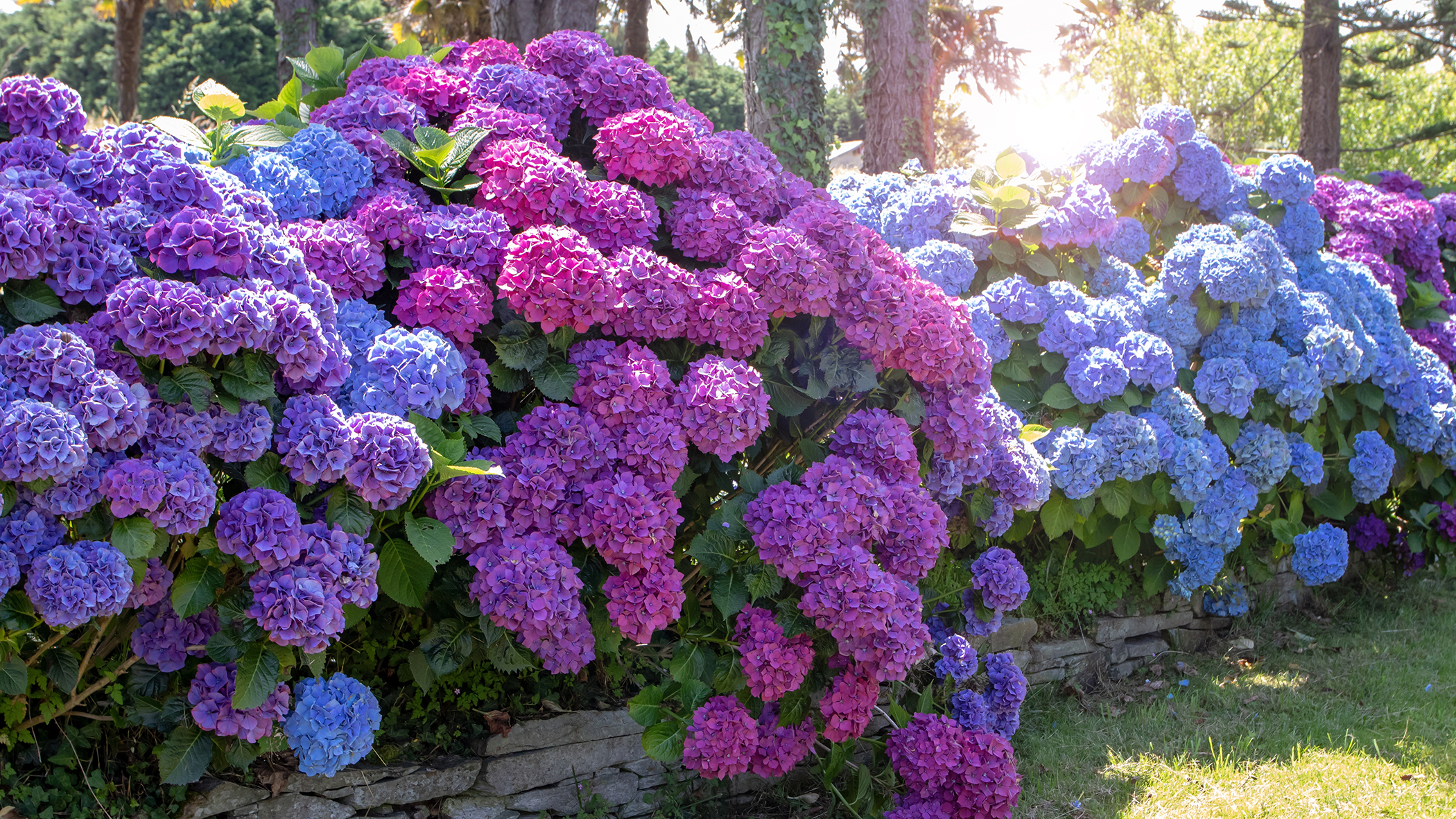
Choosing a fragrant plant for your hedge is an easy way to create subtle ambience in an outdoor area. Since the hedge will at least partially surround the space, even a subtle fragrance can waft through the garden and add another sensory experience.
This can be especially powerful if the garden features a large lawn or other planting scheme with minimal flowers, since those are the usual sources of fragrance in the garden.
Many species will also only emit their perfume during their flowering months, allowing you to signpost the summer with a signature scent.
7 fragrant hedge plants
1. Viburnum
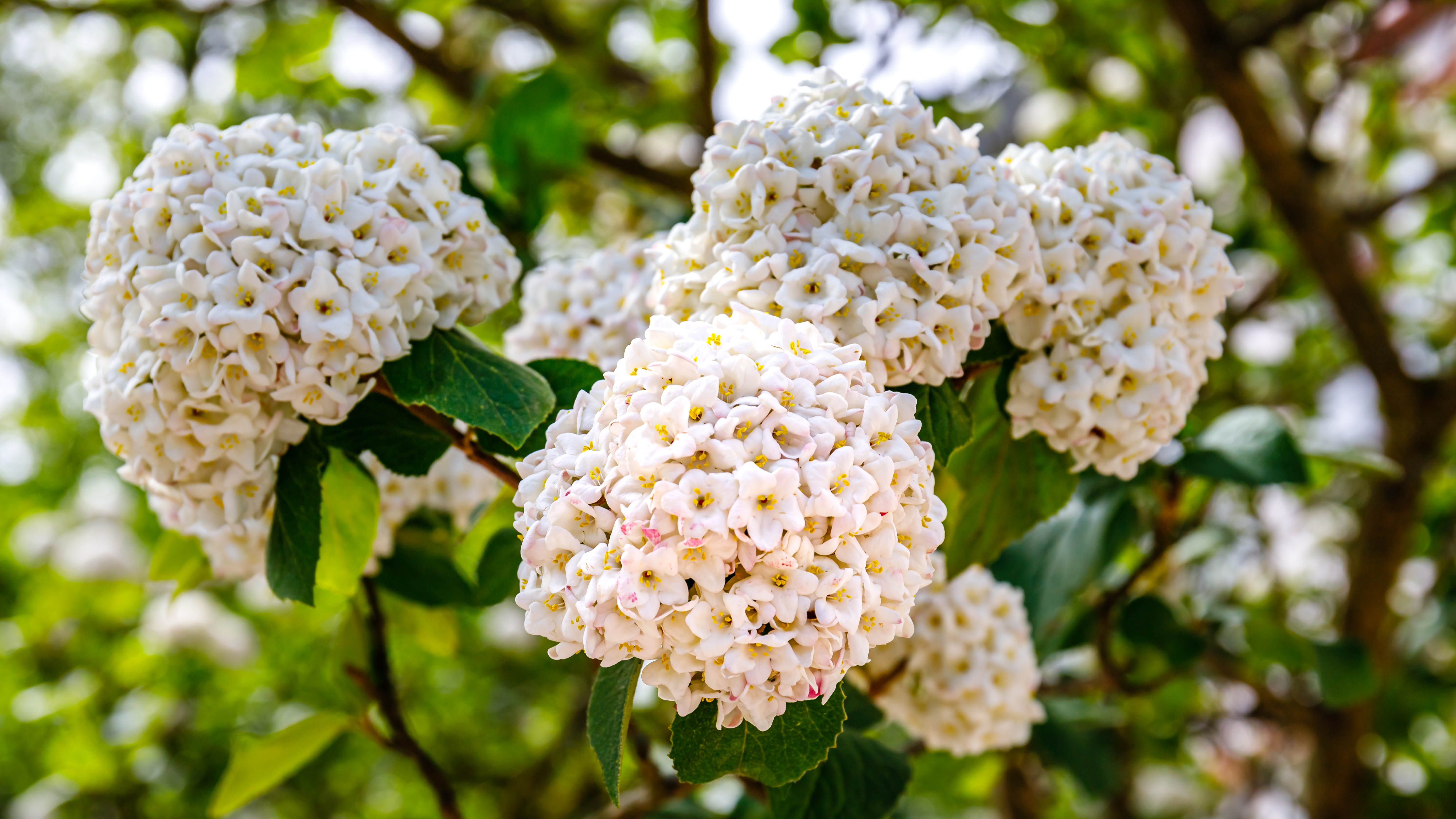
With a wide range of species to choose from, viburnum is a compelling option for all kinds of hedging needs. There are 20-foot varieties and more compact options that reach 6-8 feet tall, so gardeners can block off only the exact height they’re looking for.
Get instant access to breaking news, the hottest reviews, great deals and helpful tips.
There are also species that are hardy across a range of US growing zones, with plentiful options no matter your growing conditions. The shrubs grow narrow and upright, requiring less shaping than many other plants.
Viburnum has a pleasant scent across the board, but the fragrant viburnum variety is a particularly perfumed option that shines when its clusters of white-pink blooms are in flower. These will emerge every spring, heralding the coming of warmer months as they release their scent into the air.
When you do need to prune, wait until these flowers have died off to maximize your enjoyment of the blooming season.
2. Lilac

Known for their sprays of pretty perfumed flowers, lilac is beloved as much for its scent as its delicate appearance.
The most common varieties will bloom in purple and pink, but there are white varieties for anyone wanting a less saturated look.
Lilac may not appear to be a suitable plant for a hedge, but in fact this species is impressively dense and therefore will organically grow into an effective barrier. If left to grow wild, the overall shape will be more bushy but gardeners can prune the plant quite easily into a more standard hedge shape.
The cuttings can then be brought indoors so their scent can be enjoyed throughout the home. Lilac shrubs have several different varieties to choose from, so gardeners from nearly every region can find one that is suited to their growing environment.
There are even new species in unexpected colors like red and yellow, in case you love the smell but not the look of the traditional purple flower.
These garden gloves are made of nylon and nitrile and come in three sizes — small, medium and large. They offer excellent non-slip properties, are comfortable around the wrist, breathable and machine washable. At Tom's Guide, we recommend them as the best overall gardening glove.
3. Mock orange
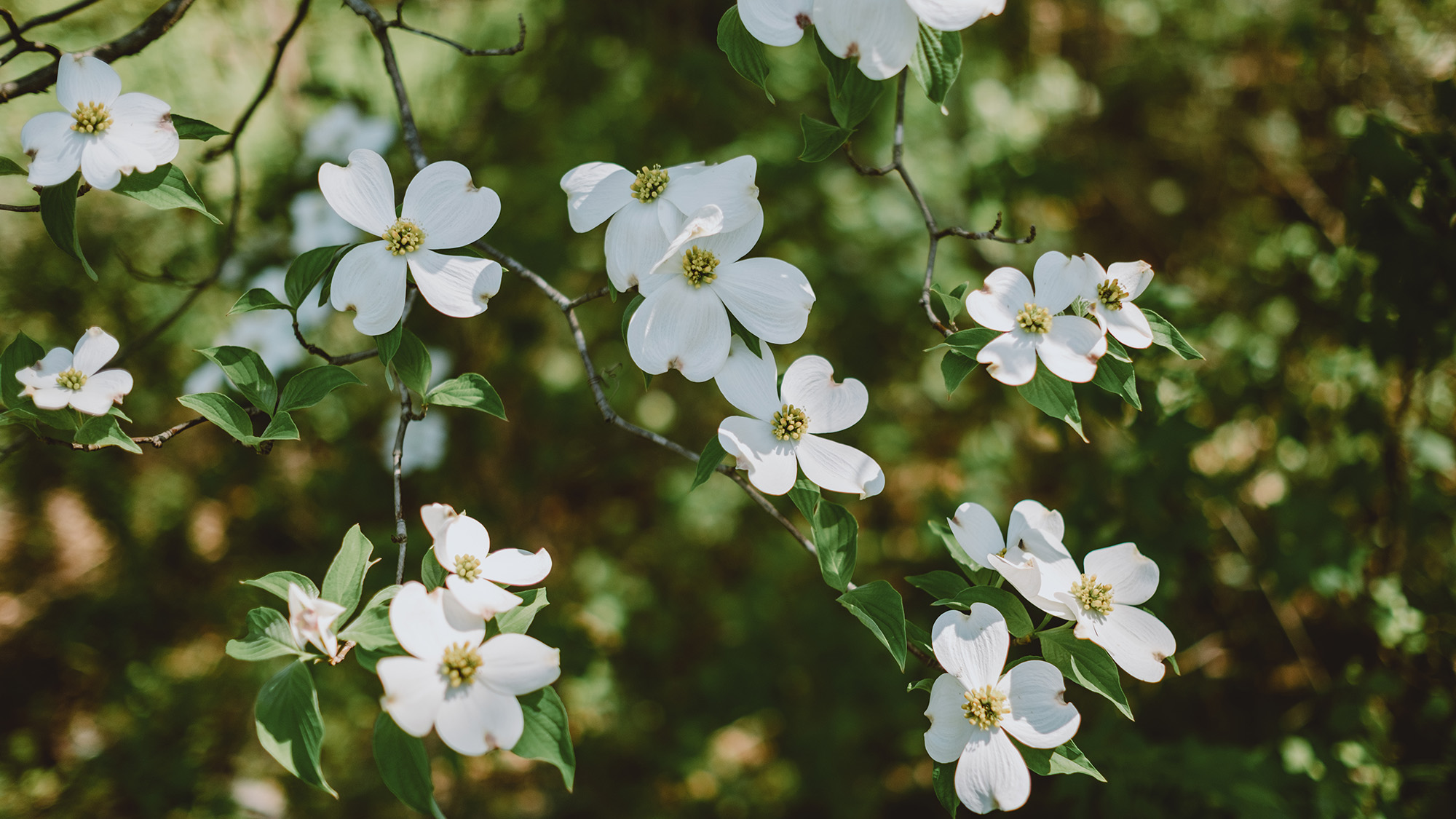
The name mock orange comes from the fact that this plant’s aroma is remarkably similar to orange blossom.
Native to North America, this shrub has vibrant green leaves that form a nicely textured wall, but the real show comes when it erupts into flower each spring and early summer.
Mock orange has bountiful white blooms with yellow stamens that add a subtle hint of color — and an enveloping hit of perfume. They bring pollinators to the garden and soften traditional hedging, while still offering the structure and density that a hedge needs to function properly.
Mock orange does best in areas with either full sun or partial shade and it prefers a well-draining soil, but otherwise it is fairly low maintenance.
Note that there are some cultivars that reach only a couple of feet tall so, while these might work as a low border, many gardeners will want to look specifically for the taller species that can reach 10 feet tall.
4. Winter daphne
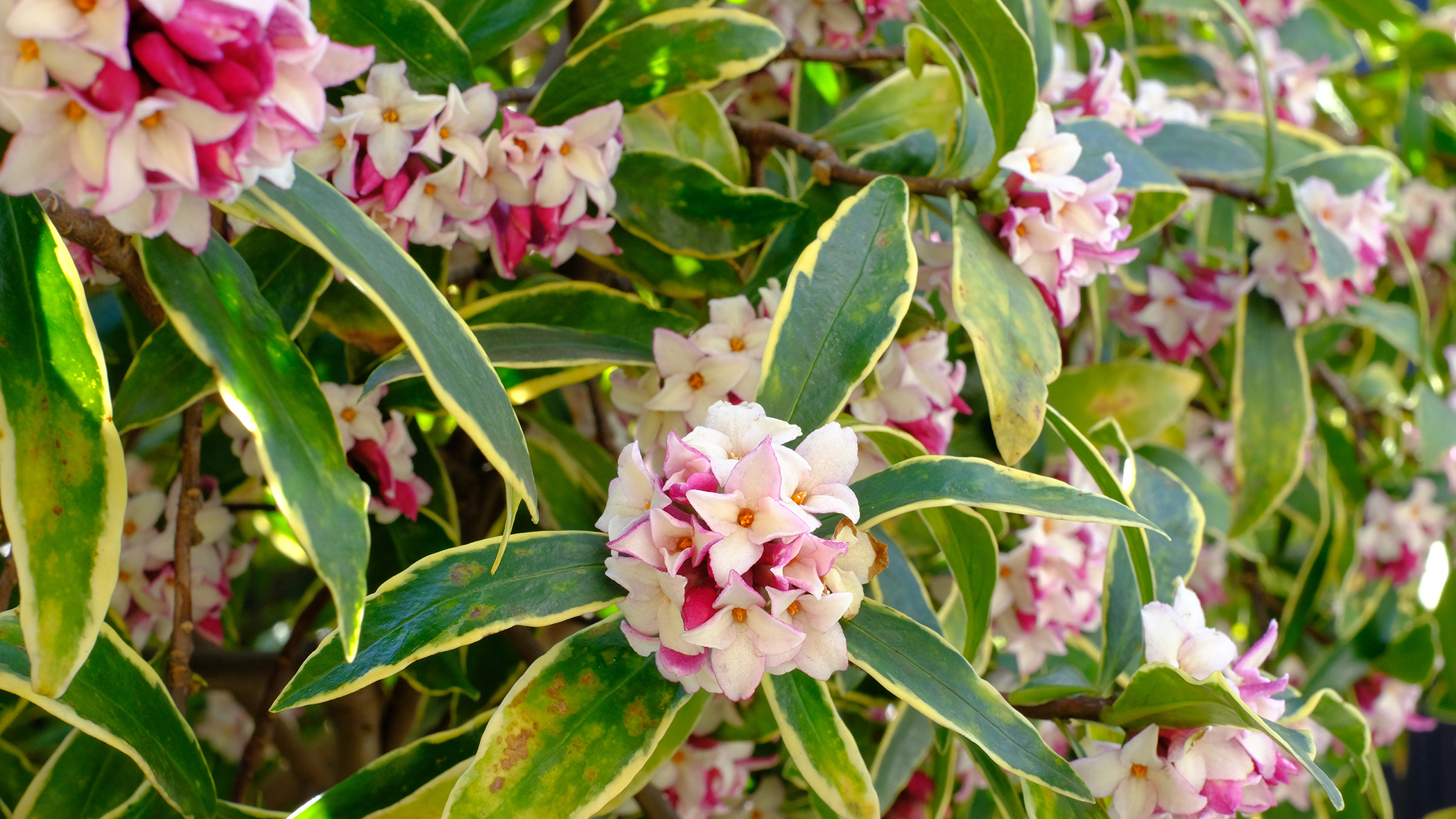
Winter daphne, as the name suggests, flowers during the late winter in its warmest growing zones, but it functions as an attractive border year-round.
This evergreen shrub has glossy, deep green leaves that are often ringed in yellow, creating visual interest even when there are no flowers in sight. When winter daphne does flower, gardeners are rewarded with clusters of white, pink, and reddish flowers that are richly scented and tubular in shape.
These often emerge throughout the shrub, as opposed to just on the top, creating an even pattern of color across the surface of the hedge. This species prefers warmer conditions and so is most suitable for zones 7 through 9, where it is hardy and requires minimal protection. Gardeners in cooler regions may still grow winter daphne, but their hedges might require more care during frosts and cold winters.
Since daphne prefers rich soil, it is advised to apply compost before planting and use mulch for added root protection.
5. Abelia
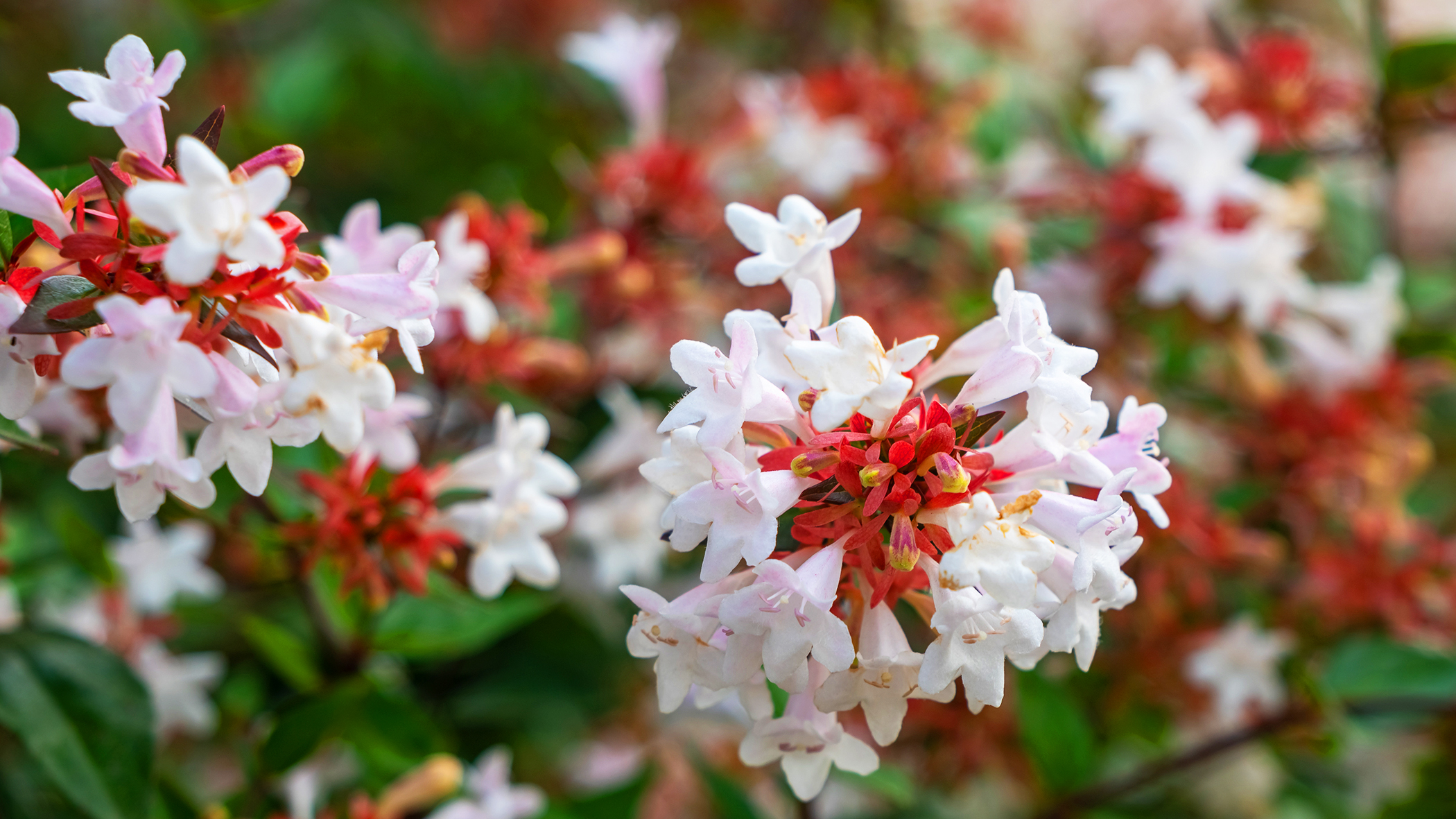
Functioning as an evergreen through most milder-climate regions, abelia is a popular flowering shrub that blooms throughout the summer months.
Abelia shrubs are fairly compact but can be planted approximately three feet apart, in order to create the effect of a continuous hedge.
The leaves are dense and deeply hued, offsetting the large, white, tubular blooms that emerge each year.
These flowers last for weeks at a time and release an attractive perfume, drawing a mix of pollinators and even hummingbirds to the garden.
These flowers last for weeks at a time and release an attractive perfume, drawing a mix of pollinators and even hummingbirds to the garden. Abelia prefers a good amount of sun but should be planted in a sheltered area to better protect the blooms.
It is suitable for growth in zones 4 through 11, making it a remarkably versatile choice, but colder regions may see the leaves die off during the winter.
Pruning should not be extensive, but will be needed to cultivate the even look of a hedge across several individual plants.
6. Fragrant olive
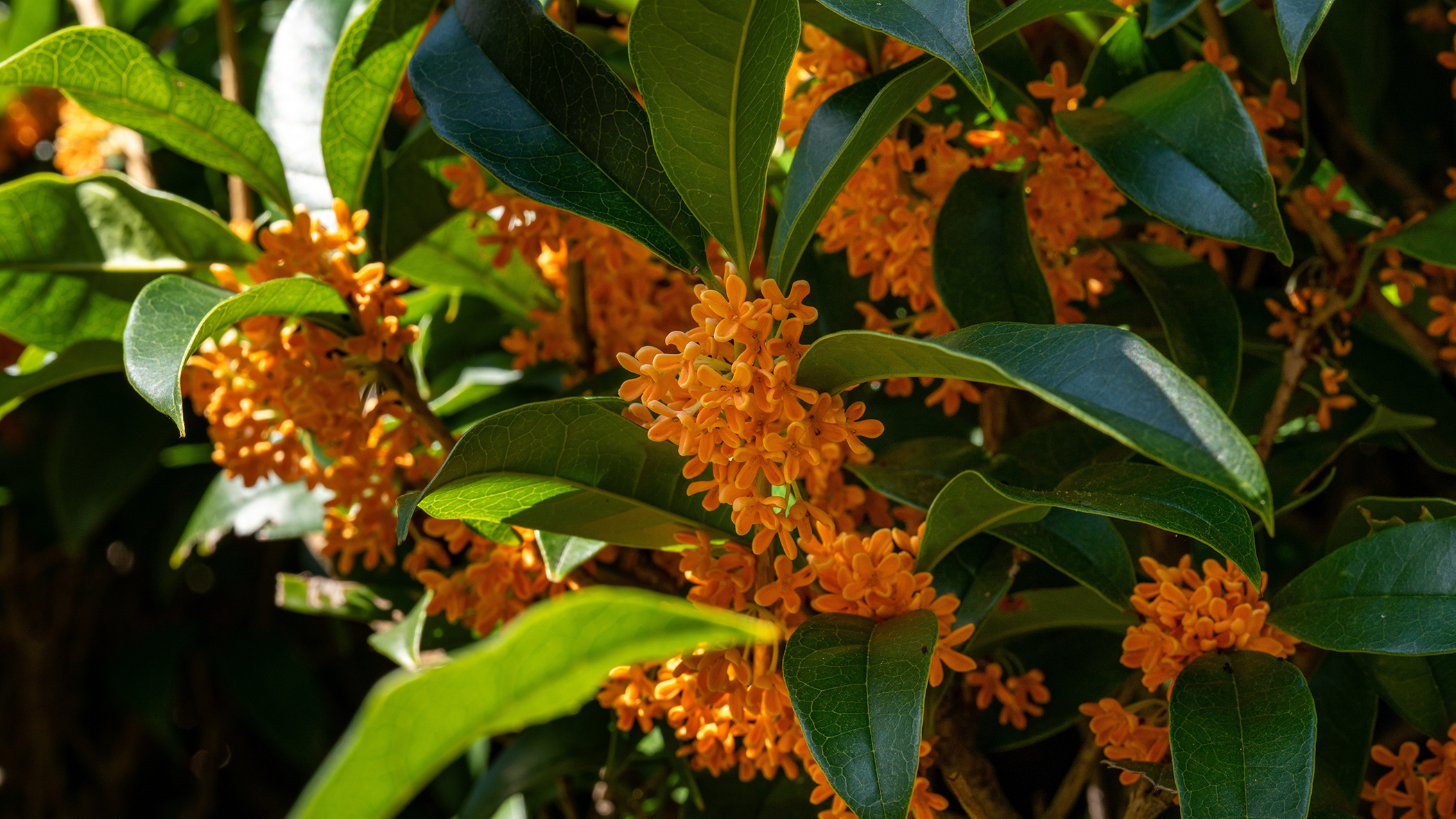
Warmer climate gardeners can benefit from the subtle look but appealing scent of the fragrant olive plant, which prefers to be grown in zones 9 to 11.
Fragrant olive, also known as osmanthus, is evergreen when grown in those areas and therefore can function as a vibrantly green wall throughout the year. With some varieties reaching up to 15 feet in height, this plant is an effective option for anyone wanting to create a proper privacy screen.
When it flowers, the blooms are small and yellow-orange in color, offering a bit of color but in an understated way; this might be ideal for gardeners who prefer a more elegant, simple look.
Where fragrant olive really shines, as the name suggests, is its aroma, which is not reminiscent of olives but rather of apricots. The scent is strong, despite the small size of the blooms.
For best results, grow fragrant olive in full sun or partial shade, in plenty of moist soil. Really hot regions may require afternoon shade to protect the plant from sun damage.
7. Sweetshrub

Despite its wide growing range of zones 5 through 9, sweetshrub is remarkably underused as a hedge plant. It can handle a range of different growing conditions, from full sun to full shade, and forms a large bushy shape if left unpruned.
Planting several in a row can create an attractive green border, although one that is rather low in height — this works better to mark an area than to create a full privacy screen.
Sweetshrub is best known for its unique, spider-like flowers that bloom for several weeks at a time in a range of different colors. But while their look is definitely striking, most notable is their scent, which people describe as smelling like all kinds of different fruits – think banana, pineapple, and strawberry.
If you are planting it along the edge of a front garden, sweetshrub can be a fun way to catch the attention of passers-by and give them a pleasant sensory surprise.
More from Tom's Guide
- 7 tell-tale signs that your patio furniture needs replacing
- 7 vegetables to plant now for a tasty summer harvest
- 9 perennial flowers to plant now for blooms year after year

Despite making her home in urban metropolises, Madeleine Streets has been nurturing a green thumb for decades.
Raised by a garden designer, she is putting that childhood education to use by helping others learn how to make their garden bloom, while filling her own New York home with cat-friendly plants.
When not writing about gardening and the outdoors, Madeleine loves to cook, study wine and borrow books from her local library.
You must confirm your public display name before commenting
Please logout and then login again, you will then be prompted to enter your display name.

